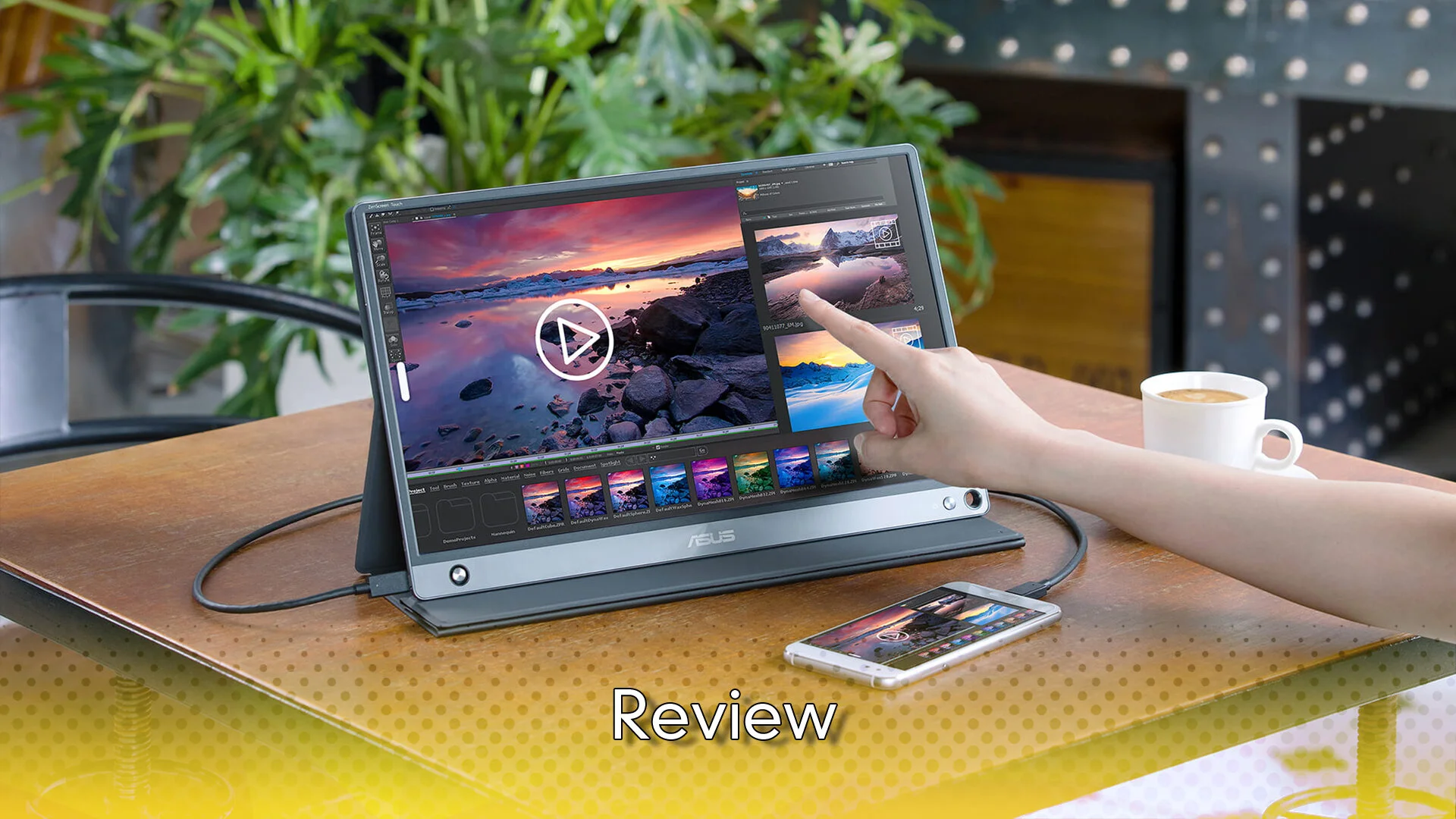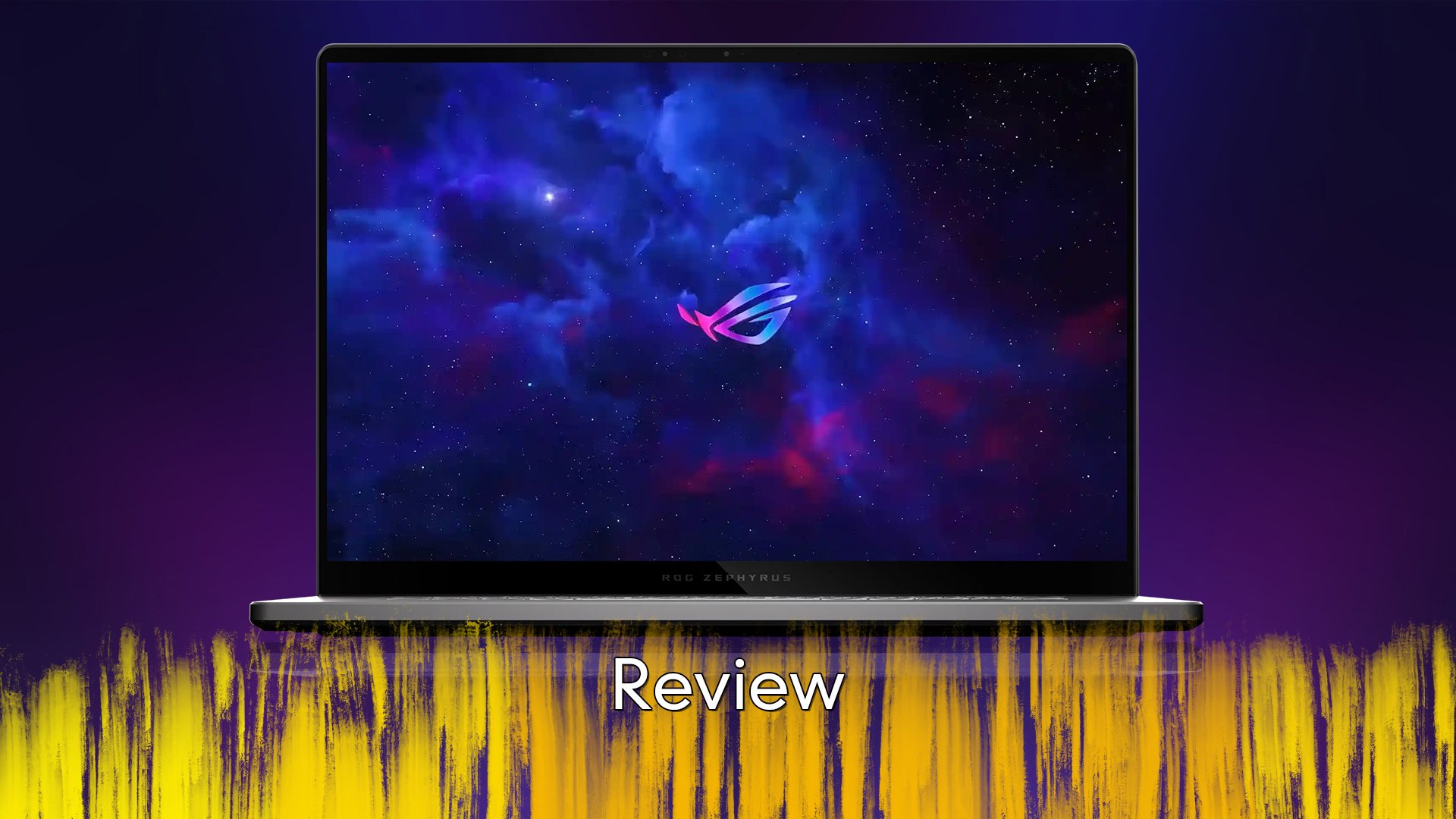Asus ROG Phone 3 - Review

When it comes to reviewing something like a phone, I was a little unsure how to start it, did I start with the setup, or just jump right into its most iconic feature, turns out when you have a phone as amazing as the ROG Phone 3 it matters not where you start.
For those that know the ASUS ROG brand, you know that it is a focus on gaming performance, and with only a few minor hiccups, they generally meet and then smash that target. If you have ever wandered through the PC section of any electronics store, you will have also seen their more affordable range of Laptops, but given that they also make almost everything that goes inside of a PC, you can see why they know their tech. So seeing them bring their attention to the mobile market is actually a very welcome addition to the phone line up, but more so because the ROG Phone 3 combines performance and style in a way that most phones can’t measure up to. This is not their first phone, of course the name gives that away, but they have been trying for a few years now and with each iteration of the line, they have improved and while there are a few things hear that need fixing, the bulk of the phone has come together very well. There are three things that most people consider important when it comes to any phone, does it look nice, does it have a good screen and does it run well, so let’s start with the first, the look.
Looking at the front, there is nothing there at shouts that you are using a phone made by a PC company, the screen takes up the majority of the space, with the only non-screen related parts being the bevel around it. Above the screen is a front camera and led, with the camera able to take photos up to 24mp in quality, if we look at the bottom of the device, you will locate a USB-C port for charging, though it is not centred which is weird. The right side of the device, looking at the screen, contains the volume controls, the sleep/wake button and some amazing air triggers, but it is on the left that the design takes a hard right into odd. The left side is where the sim card try is located, though that is not the weird part, no that is reserved for the dual USB-C port and while you can use the left of the two ports for charging, if you are someone who likes to watch a lot of media on your phone, it is actually designed for the AeroActive 3, the clip-on fan attachment, more on that later. As a FYI, Asus make a lot of noise about not plugging in any cables into the right USB-C port in this setup as it might damage the phone.
Flipping the phone over, we can now look at the only real place where you can see that this is not your average smartphone, in fact I honestly don’t think that smartphone is a nice enough way to describe this. The back contains the standard ROG logo, which is that red eye shape, it also contains the rear camera array, featuring a powerful Sony 64mp sensor and a 13mp 125-degree wide angle lens. The back also features a number of lines, to help provide a sense of flow and also something that matches the numerous Asus ROG laptops out on the market. There is a small section of the back case that is not black, like the rest of the phone, but instead is a more metallic grey, which is where the cooling fan is attached. The design is basic, it removes a lot of the flash that the earlier phones had and instead just lets the power of the phone sell it, which is a welcome change. It would not look out of place if you were to place it on your desk at work, though attaching the cooler would alter that slightly.
Of course, looks are one thing, but how do things look to you, Asus have had a number of paradigm shifts in laptop design over the past few years, all to do with screens and how people can make better use of them, so they know screens. On the ROG Phone 3, users will discover a screen that is just shy of 6.6 inches on the angle, providing a resolution of 1240 x 1080 and a refresh rate of 144 Hz, making it one of the best screens on phones today. If that wasn’t enough the screen is also HDR10 and HDR10+ certified, meaning that all your photos, videos and yes games, will look as true to life as they possibly can. Of course, with a screen that powerful you will want to ensure it doesn’t break, so it is covered in Gorilla Glass 6, which is meant to be able to survive quite a number of drops. As the phone was loaned to me by Asus, I didn’t start throwing it around for testing, so you will have to see how you go on that front on your own. The problem that I was most worried about, was with a screen that large, that powerful and that protected, it was going to add weight to an already chunky phone, thankfully it didn’t. The phone weighs a comfortable 240g, which is just 20g more than my normal iPhone, so the extra weight didn’t really become an issue like I thought.
One area that I wasn’t sure about was the power inside, Asus put a lot of emphasis behind what it was packing, but sometimes what is offered, does not match up with what is delivered. The specs, which include a CPU that runs at a staggering 3.1GHz, pairs well with the GDDR5 Ram and UFS 3.1 storage, meant that the phone was fast and smooth, no matter what I was throwing at it. The phone was able to run most games without any issue, but whenever I did have some problems with heat or what I thought was lag, I just connected that AeroActive cooler and things returned to normal. Of course, carrying around an external fan to connect to your phone is just not an ideal scenario, no matter who you are, but if you are someone who likes to game on the go, then having it will make a lot of difference.
Of course, if you do game on the go, then you need the battery to power your fun and while the ROG Phone 3 does come with a massive 6,000mAh battery, there are some issues with it. Over my time with the phone, I charged it up 3 times, not counting the top up when I first turned it on, and while the battery life is good, especially for constant usage, it was just a little inconsistent. By that I mean that the first time I used it, I got just over 8 hours of consistent use, which is pretty good, especially when gaming was a fair chunk of that time, the second time though, I went to almost 9.5 hours, which whilst better, was way more than the first. On the final charge, I got just under 8 hours, which again is nice, but highlights just how weird the length of use is going to be, sure there are going to be extenuating circumstances, like screen brightness, wifi or Bluetooth usage, volume and such, but when those didn’t change between tests, the overall impact seems weirder. I have seen other folks report the same sort of issue and the general consensus is that it is related to the variable screen refresh, which makes sense, and is also not something other phones have to think about.
Charging the phone, even with that massive battery was really quick, with a little over 30 minutes connected, it broke 50% charged and then at the hour mark was just shy of 90%. Meaning that if you forget to charge your phone the night before, you should be able to get a massive amount of battery between getting up and heading out the door in the morning. Of course, a battery that size does produce a bit of heat and apart from when I was playing some really intense games, the heat never exceeded anything that I would find on my iPhone, which was a welcome surprise. Again though, anytime that it did get hotter than expected, snapping that AeroActive cooler on, helped it out immensely.
The final aspect we need to talk about is the version of software Asus have included with the phone, specifically how it takes advantage of those air triggers. Think of these as shoulder buttons for your phone that are built into the phone and you will be on the track on how they work, now they have two modes as well, giving you even more control with them. As the name implies they don’t actually have a physical button to press, but that helps them become more universal in their options, because they allow for double press’, slides and swipes as well, in fact they add more control options to the phone than you would get with a basic external controller. The software that Asus have developed for it is strong and you will want to take the time to customise the controls to suit the games you play, because once you set them up, you won’t have to worry about them going forward.
The Asus ROG 3 Phone is not the cheapest phone on the market, but nor is it in the upper echelons of pricing, it lives in the middle ground, which makes the fact that it is so powerful, even more impressive. This is not a phone for someone who is a casual gamer, or barely plays any games on their device, this is a product for people that want a full gaming experience, no matter where they happen to be. The inclusion of the AeroActive cooler, is a wicked addition, but there is no denying that it is weird to carry around with you a small portable fan. With the power of Android supporting it in the background, all the games and apps that you could want, work out of the box, and of course, there is a ton of custom Asus programs to discover.
If you consider yourself to be a gaming connoisseur then this is a phone that might help scratch that portable gaming itch, it is not a perfect device, but it is damn near close.
The Score
9.5
Review unit provided by Asus
The Pros
+Phenomenal screen for gaming and media
+Air Triggers make modern gaming on the go possible
The Cons
-Battery life is a little inconsistent and times
-No true water resistance









